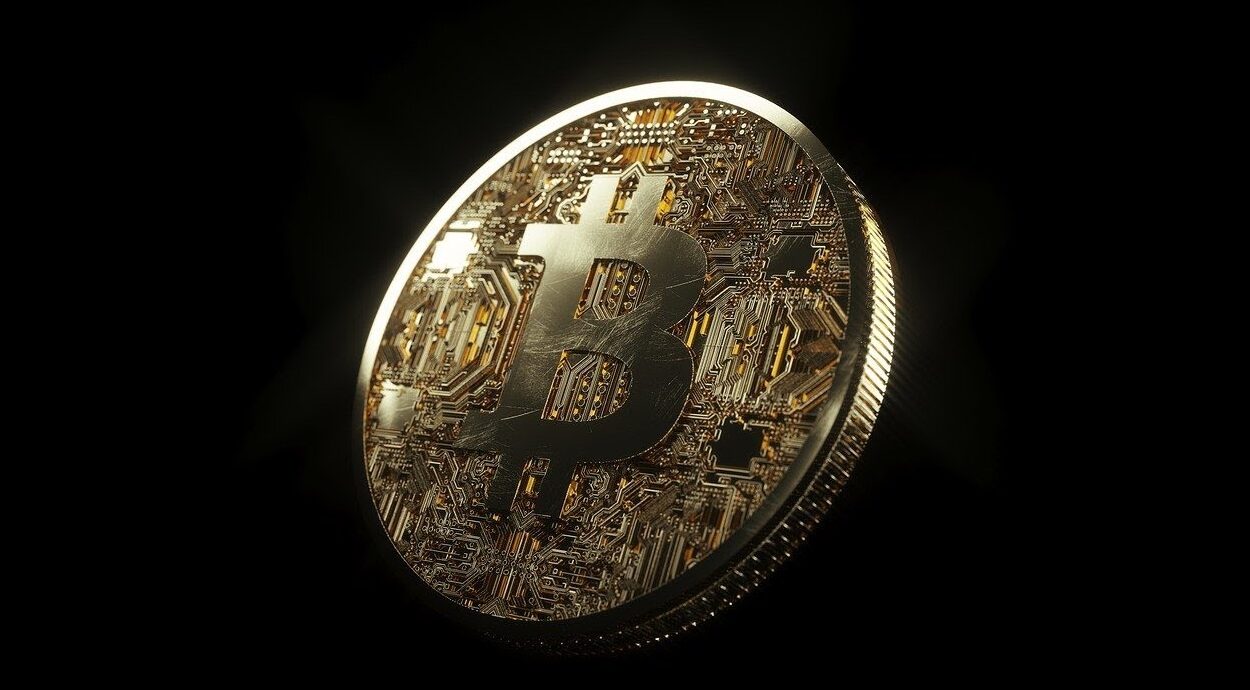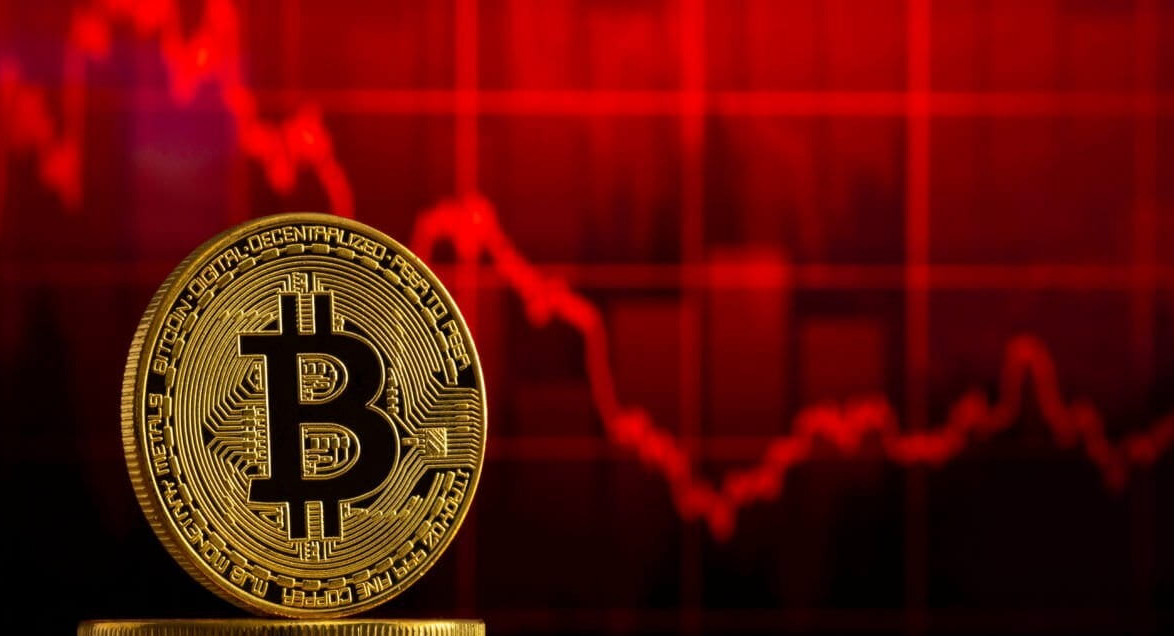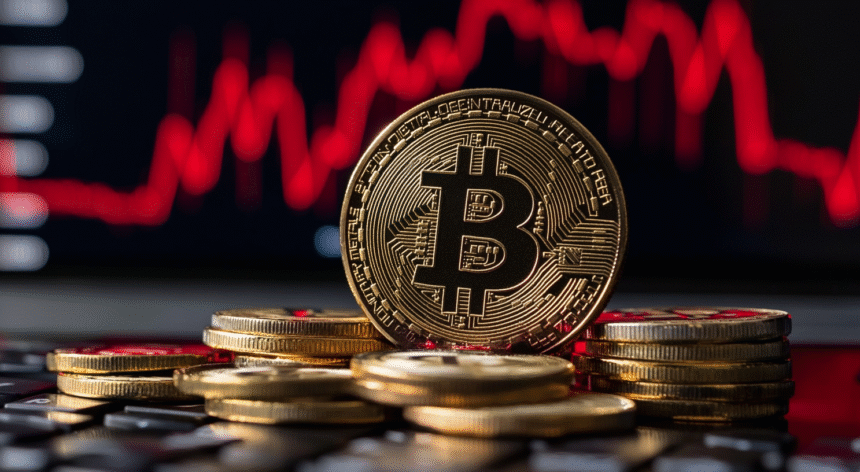The Bitcoin ecosystem is at a very important turning point right now because the way supply and demand work is changing in a big way. The market is becoming more and more unbalanced since the amount of Bitcoin in circulation is shrinking and the behavior of long-term. Or “ancient.” Bitcoin holders is making things worse. This supply squeeze. Which is caused by a big drop in the number of coins that are traded and more people holding onto their coins. Is quickly outpacing the flow of newly mined BTC. This is a rare situation with big effects on price action. Investor psychology. And the economy as a whole.
Bitcoin’s Supply Squeeze Deepens Further
At its core. Bitcoin supply squeeze operates on a disinflationary model. Programmed to reduce its issuance over time through halving events that cut the block reward roughly every four years. This mechanism inherently leads to scarcity. But the current situation has amplified the shortage far beyond the usual halving-induced contraction. While approximately 900 BTC are mined daily post the most recent halving, the amount being moved into exchanges and sold is declining at a faster rate than miners can replenish.

This has created a new phase of Bitcoin scarcity that market analysts and on-chain data researchers are calling a “supply squeeze.” The phenomenon isn’t just statistical—it’s psychological. Structural. And foundational.
Ancient Holders Tighten Bitcoin Supply
A major catalyst intensifying the current supply squeeze is the activity of “ancient” Bitcoin holders. These are wallets that have remained dormant for many years—some dating back to as early as 2009 or 2010—and are now becoming active either by moving coins or by steadfastly refusing to do so. Glassnode. A leading blockchain analytics firm. Has highlighted how the supply held by long-term holders has reached all-time highs. Coins that have not moved for five years or more are now accounting for a significant share of the total supply, crossing 30% in recent months.
What makes these ancient wallets particularly important is their psychological profile. Unlike short-term speculators, these holders have demonstrated strong hands across multiple bull and bear markets. Their tendency to hold rather than sell reduces the effective circulating supply. As these coins remain locked in wallets without any signs of liquidation, they intensify the scarcity of accessible Bitcoin, particularly at a time when retail and institutional demand is once again on the rise.
Institutional Demand Accelerates Bitcoin Shortage
The rapid rise in demand from institutional investors is putting further pressure on the supply equation. There has been a lot of money flowing into spot Bitcoin ETFs since they were approved and launched in key areas like the US. BlackRock, Fidelity, and Grayscale are among of the companies that provide these ETFs. These ETFs, which buy Bitcoin directly as underlying assets, make the available liquid supply even smaller.
Arkham Intelligence and CryptoQuant say that ETF holdings now exceed the monthly rate at which new BTC is issued. This means that they are taking in more coins than the network is making. This makes the bottleneck caused by long-term investors even worse and brings the market closer to a situation where demand far outstrips supply, which will put upward pressure on prices.
Miners Shift Strategy, Deepen Shortage
Bitcoin Casinos also play a pivotal role in this evolving supply structure. The 2024 halving event cut block rewards from 6.25 BTC to 3.125 BTC, slashing miners’ revenue nearly in half. With rising energy costs and reduced rewards, many miners are now less inclined to sell their coins immediately, opting instead to hold them in anticipation of higher prices.
This behavior is particularly pronounced among larger, publicly listed mining firms such as Marathon Digital and Riot Platforms, which have developed sophisticated treasury strategies. These companies are increasingly using their Bitcoin holdings as balance sheet assets or collateral for loans rather than as short-term liquidity. Consequently, miners—historically a steady source of sell pressure—are becoming net accumulators or, at the very least, neutral contributors to supply, further exacerbating the squeeze.
Bitcoin Exchange Reserves Hit 2017 Lows
One of the most telling indicators of the supply squeeze is the sharp decline in exchange reserves. On-chain data from CryptoQuant and Santiment shows that the amount of Bitcoin held on centralized exchanges has dropped to levels not seen since 2017. Investors, both retail and institutional, are withdrawing their assets and moving them into cold storage or long-term custody solutions. This trend indicates a collective market sentiment that favors holding over trading—a sign of growing confidence in Bitcoin’s future price potential.
Such withdrawal activity reduces liquidity, making markets more sensitive to even modest buying pressure. As a result, smaller buy orders can have outsized effects on price, increasing volatility but also amplifying the potential for upward price surges.
Bitcoin Scarcity Fuels Price Surge Forecasts
The basic economic principle of scarcity is coming into full effect since there aren’t enough goods and services to meet the growing demand. JPMorgan and Bloomberg Intelligence analysts have said that if things keep going the way they are. Bitcoin might see a big supply shock that drives its price up to new all-time highs. If the squeeze keeps going the way it is now. Some estimates say the price objective might be over $112,000 by the end of the year.
 The supply pressure is changing the way people think about the market, not just the numbers. Fear of missing out (FOMO) is becoming a bigger factor for investors, especially as stories like Bitcoin being digital gold and a way to protect against inflation become more popular. them think that Bitcoin is getting harder to get, which is causing them to hoard it. This is happening not only among retail traders but also among big family offices and sovereign wealth funds.
The supply pressure is changing the way people think about the market, not just the numbers. Fear of missing out (FOMO) is becoming a bigger factor for investors, especially as stories like Bitcoin being digital gold and a way to protect against inflation become more popular. them think that Bitcoin is getting harder to get, which is causing them to hoard it. This is happening not only among retail traders but also among big family offices and sovereign wealth funds.
Final thoughts
The global regulatory landscape is also playing an indirect role in the Bitcoin supply squeeze crunch. In countries with tightening crypto regulations. Such as China and India. Holders are more likely to self-custody their assets to avoid governmental oversight. Conversely. In jurisdictions with favorable crypto laws. Such as Switzerland, El Salvador, and certain U.S. states. The trend of long-term holding is being institutionally reinforced through tax incentives and legal clarity.
Moreover, geopolitical uncertainty and economic instability are driving Bitcoin adoption in regions like Latin America and Southeast Asia. These macro-level shifts are channeling more users into the Bitcoin ecosystem, many of whom view the asset as a safeguard against currency devaluation and capital controls, thereby contributing to long-term hoarding behavior.










